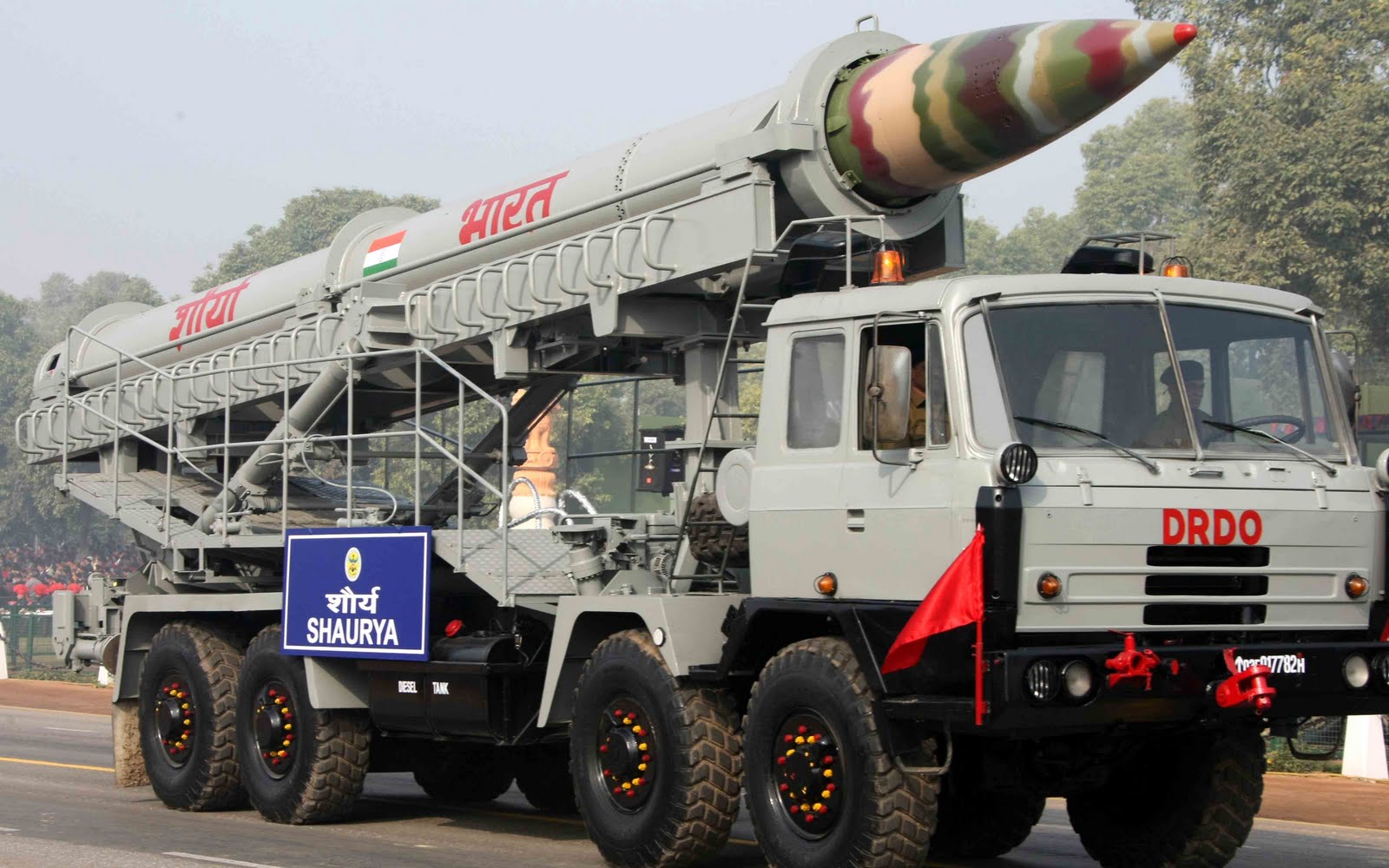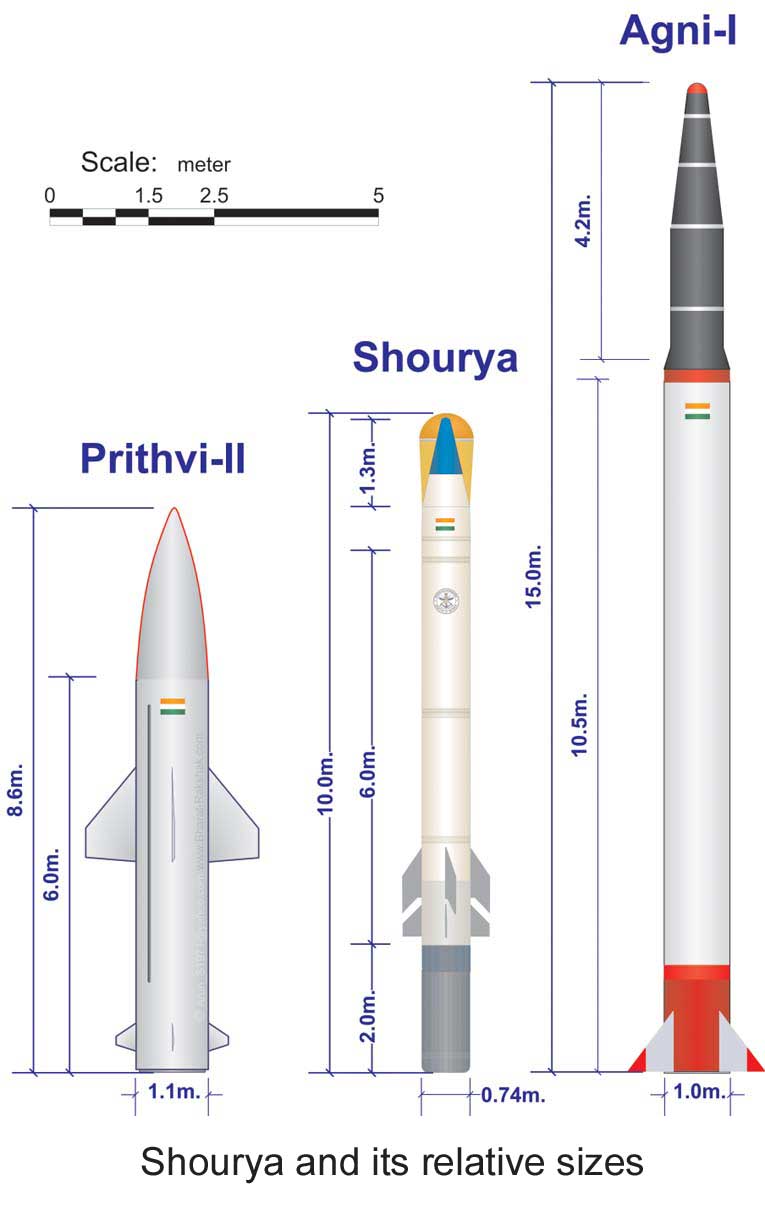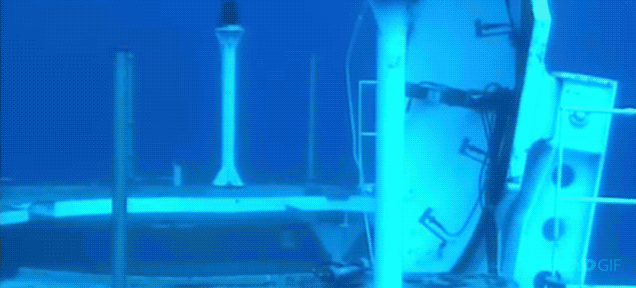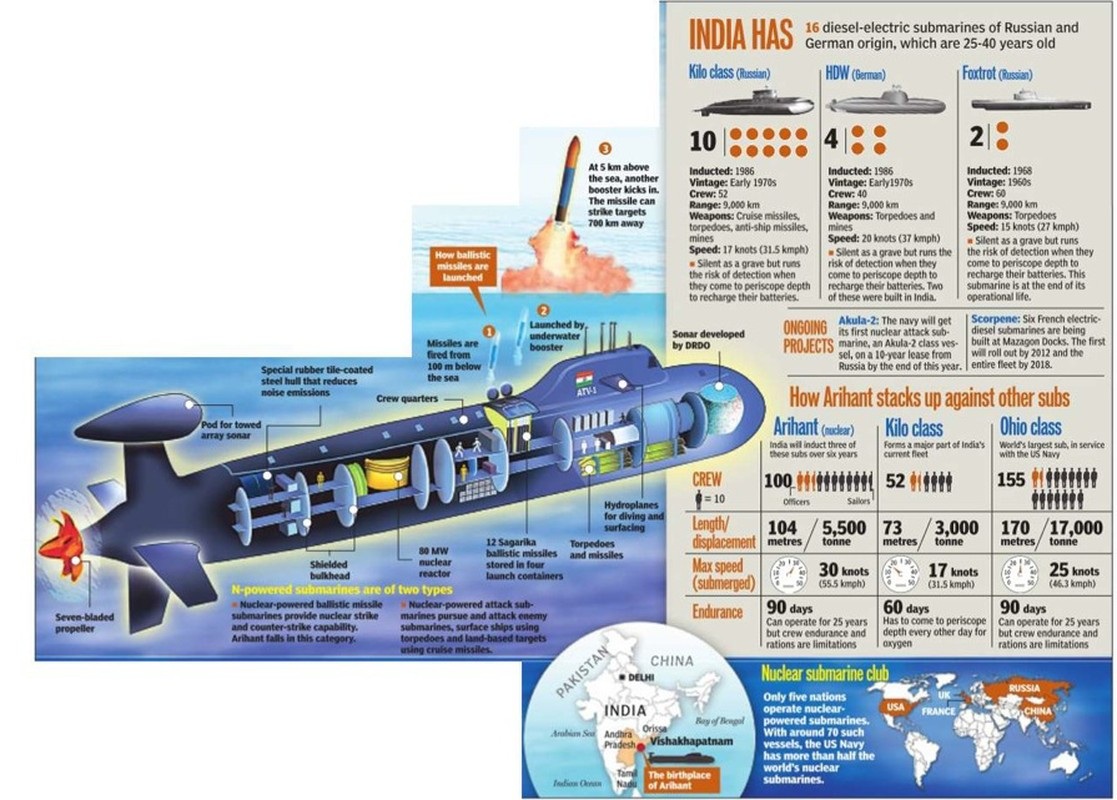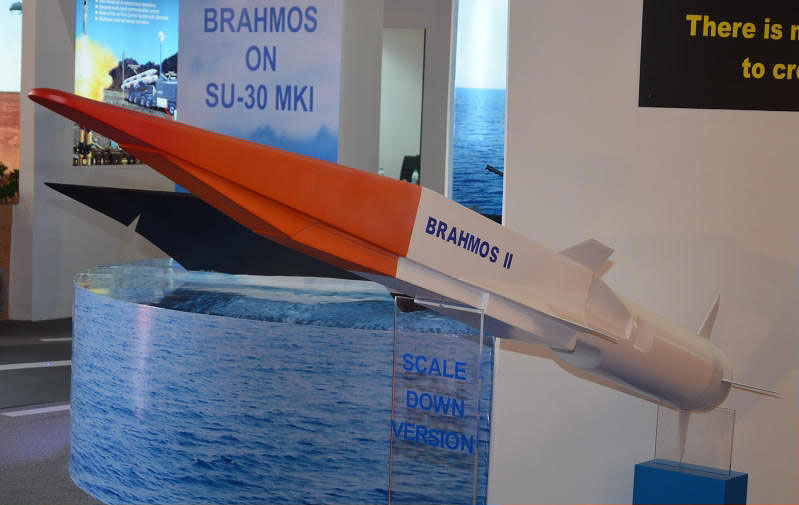Chanakya's_Chant
SENIOR MEMBER

- Joined
- Jul 22, 2013
- Messages
- 3,395
- Reaction score
- 28
- Country
- Location
Inside India's K Family of Missiles
Sharing an old article on India's K family of missiles named after Dr. Kalam who we know passed away on 27 - Dr. Kalam is considered the Father of Indian Ballistic Missiles & Satellite Launch Vehicles Programme for his outstanding contribution to the Integrated Guided Missile Development Program (IGMDP) & Indian SLV's including India's first SLV - the SLV-3, ASLV and ISRO's work horse the PSLV. It is due to Dr. Kalam and other first generation of Indian scientists that today India is included in select groups of nations fairing in Space and Missile technology. May his soul rest in peace!
The K family of missiles is a series of submarine-launched ballistic missiles (SLBM) developed by India to boost its second-strike capabilities and thus the nuclear deterrence. Information about this family of missiles has mostly been kept classified. "The classified 'K' missile family" is known as the "Black Project" which DRDO officials are covertly working on. It is reported that "the top secret indigenous "K" missiles are faster, lighter and stealthier."
These 'K' missiles are intrinsically important for India's nuclear deterrent arsenal because they provide India with a much needed ideal and invulnerable second-strike capability stated in India's Nuclear Doctrine and thus shift the balance of power in India's favour in Asian region.
The article first appeared in Indian Today Magazine in 2010 - Further developments and updates on the same project follow -


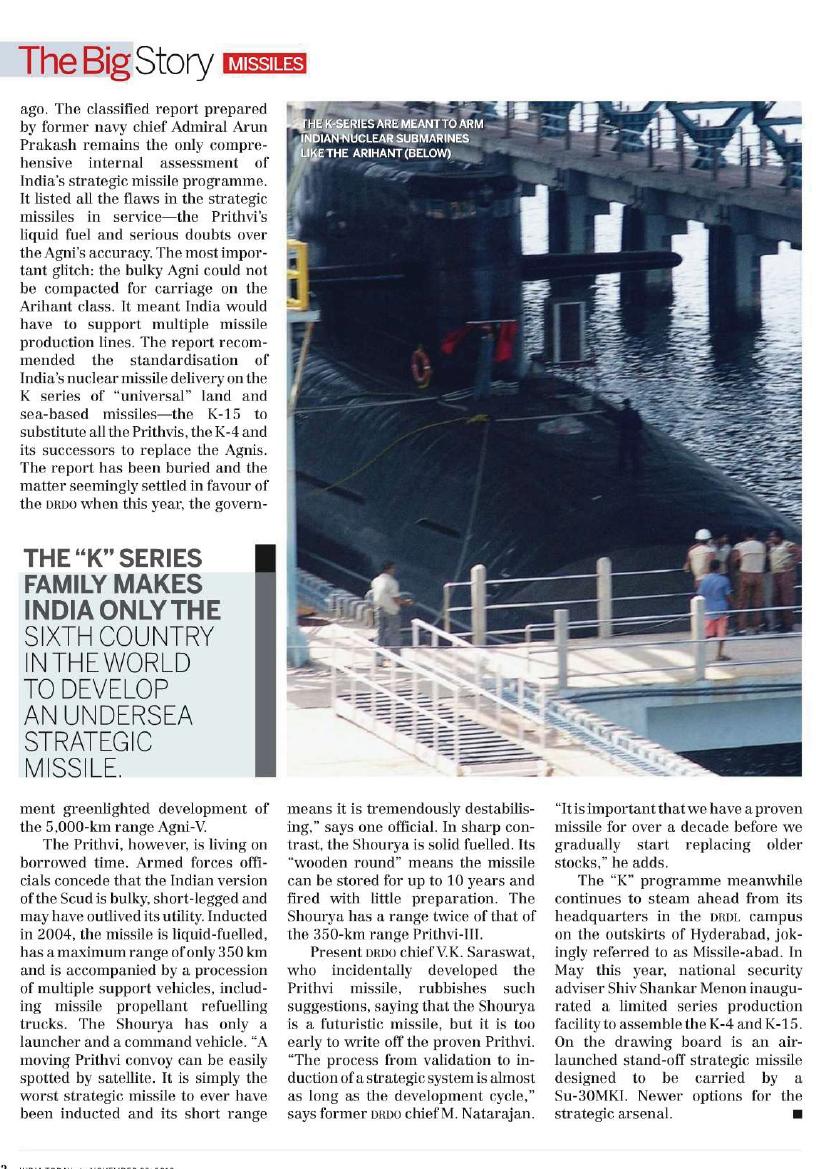
Complete K Family of Missiles -
Developments on the project since 2010 -
(01) K-15 or Sagarika K-15 missile - The Sagarika/K-15 missile (Sanskrit: सागरिका, IAST:Sāgarikā, meaning Oceanic) is the SLBM version of the land-based Shaurya missile. With a shorter range than K-4 missiles it has been integrated with Arihant class submarine right now in sea trails which will test fire the same shortly as reported.
N-sub INS Arihant to test-fire missile
Medium range K-15 ballistic missile has a range between 700 km to 1,500 km with varying payload. This will also get help from Indian Regional Navigation Satellite System (IRNSS) to ensure guaranteed national access to precision navigation. These will enable high accuracy required for precision strike. The last developmental test of the missile was conducted on 28 January 2013 from an under water launch platform off the coast of Visakhapatnam.

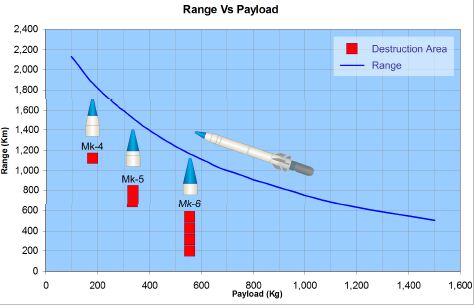


K-15's Launcher
Last edited:


